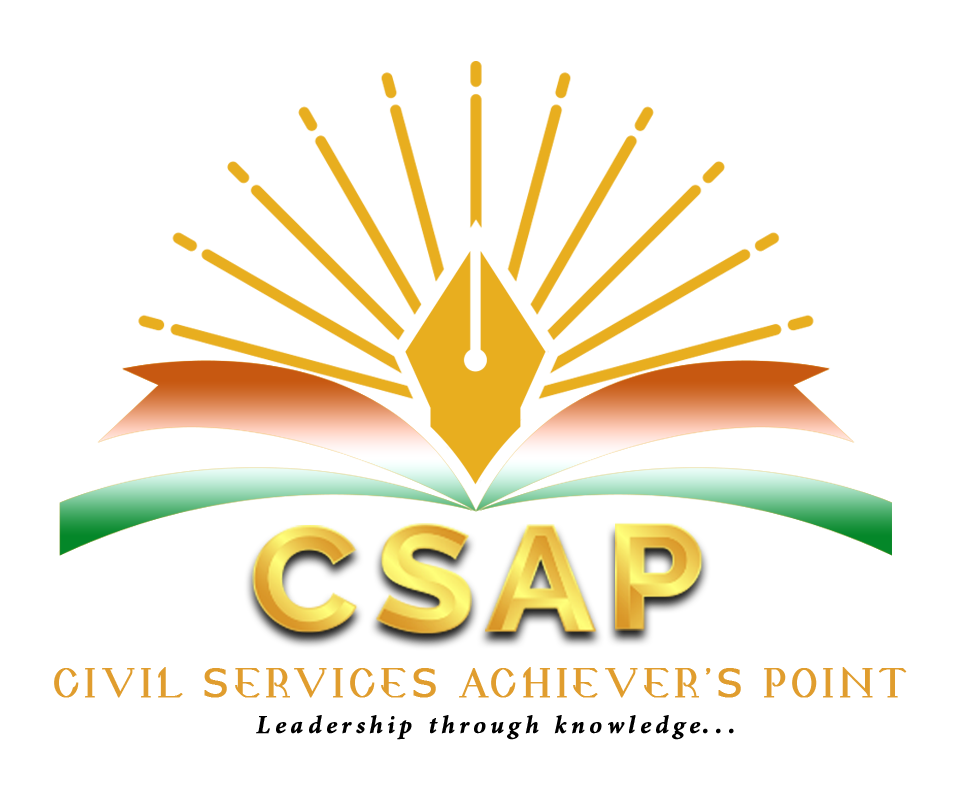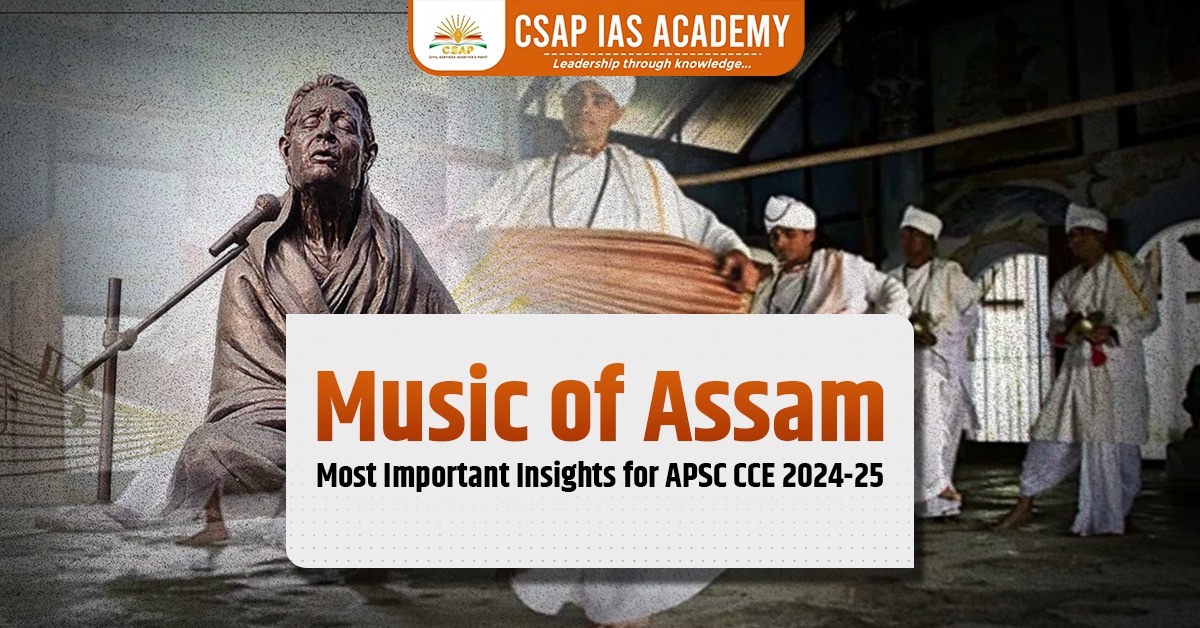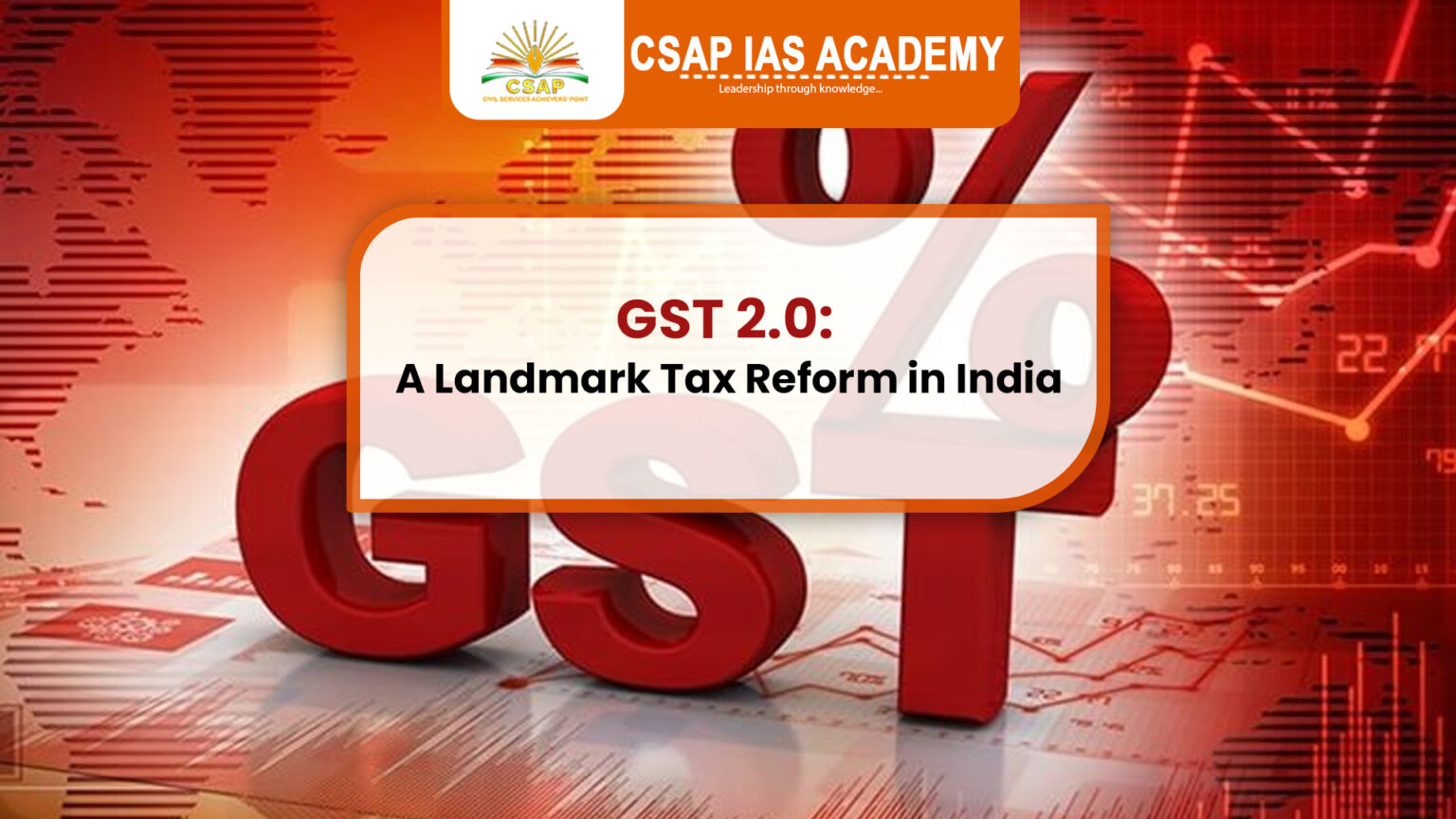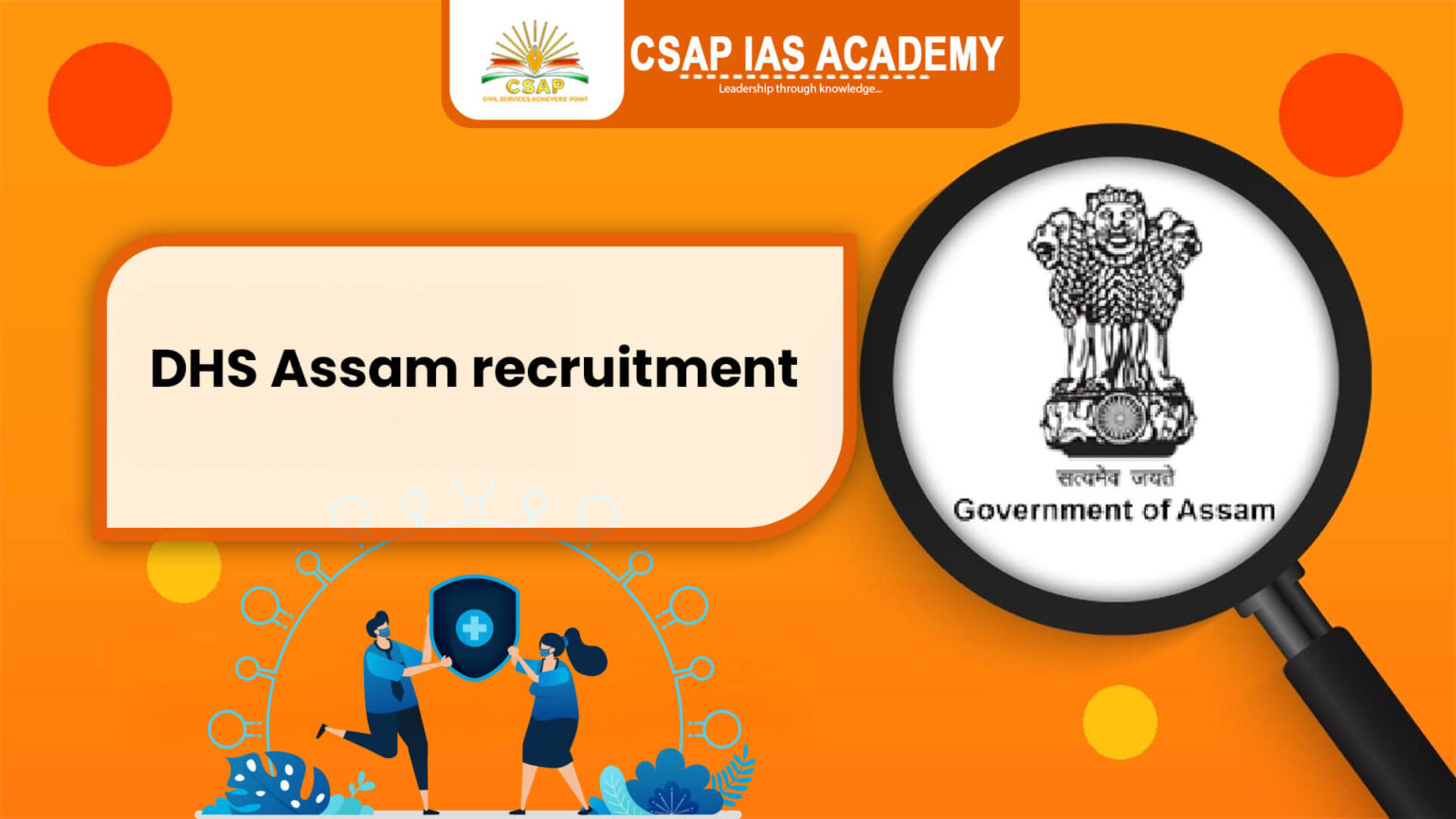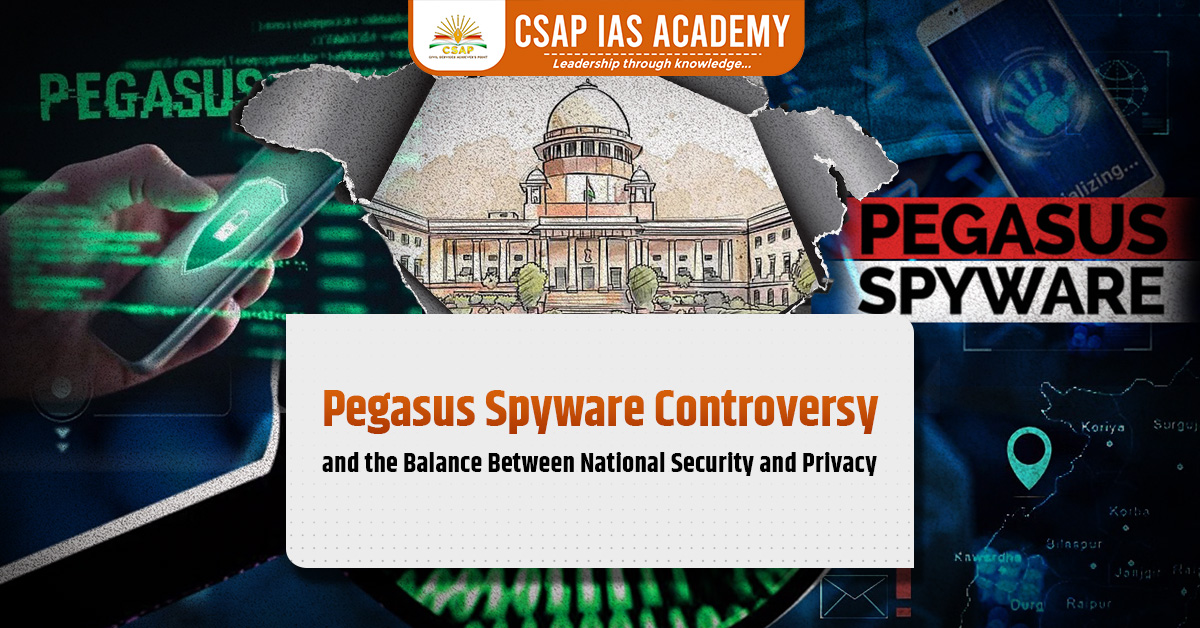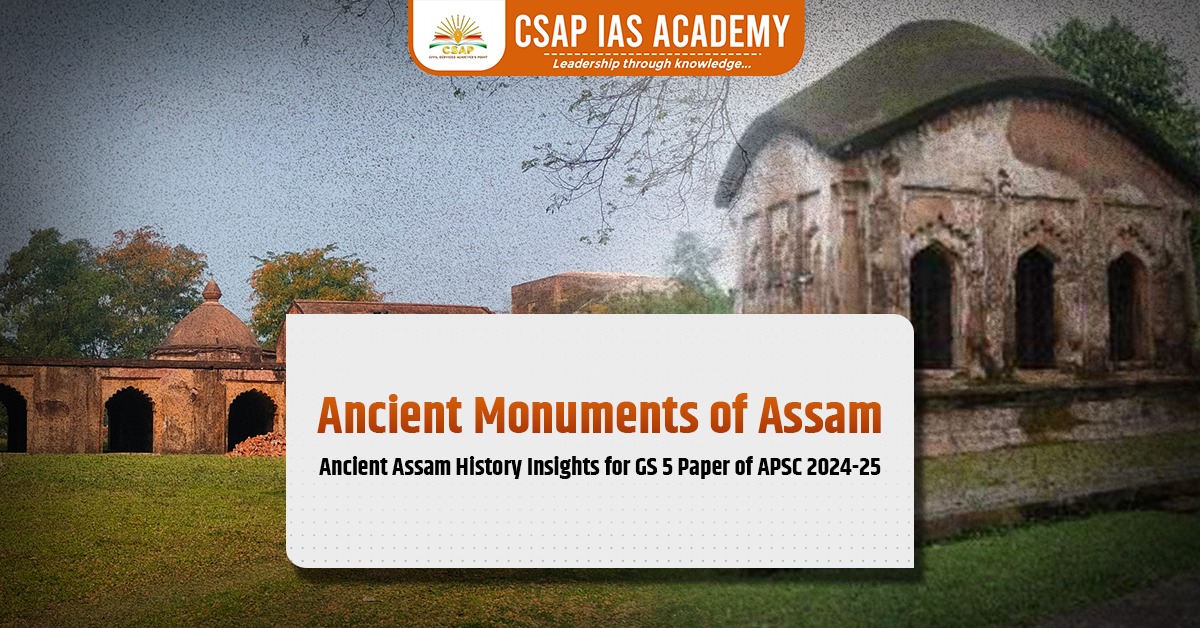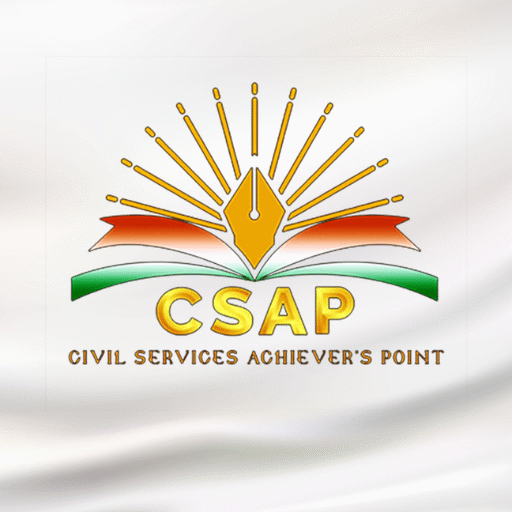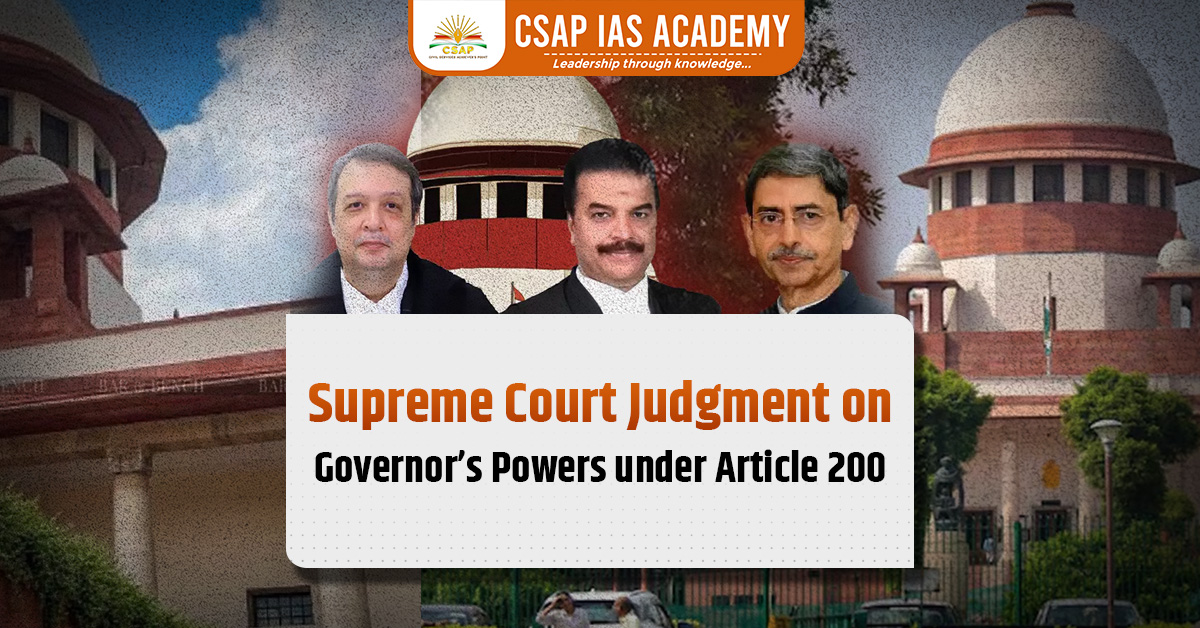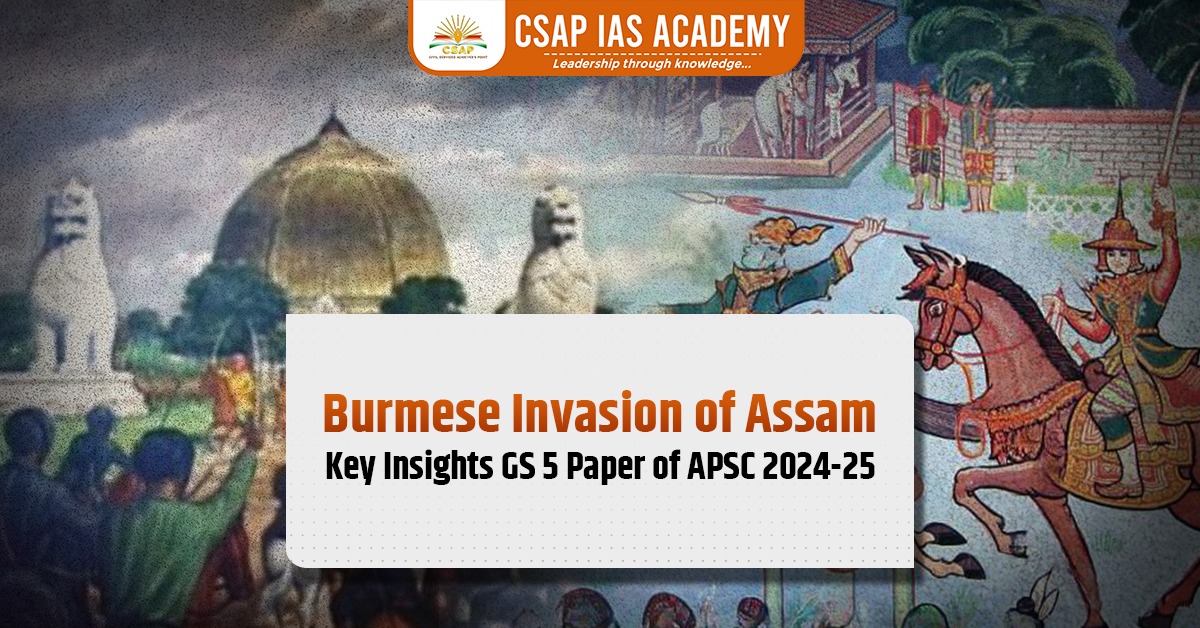Margi and Deshi are two different genres of the music of Assam. Certain guidelines are applied to the tune, verse, and beat when creating music in the Margi style. Popular music in the Deshi style is performed for entertainment. In the past, Kamarupa had both.
While Deshi music was played in the courts for public amusement, Margi music was performed during the religious ceremonies led by the Royalty. The capital city of Hatuppeswara, which had numerous temples devoted to Lord Shiva, is vividly described in the copper plate inscription published by Vanamaladeva in the ninth century CE. This copper plate tells us about the music that the Devadasis perform in these temples.
Assamese music tastes are demonstrated by the Bargaon Copper Plate of King Ratnapala, the Kalika Purana, and the account of Hiuen Tsang. Through the Neo-Vaishnavite Movement, Srimanta Sankardeva enhanced the pursuit of music. Madhabdeva and Srimanta Sankardeva’s borgeets emphasize the Song’s devotional quality. These were written with particular rhythms (Aata) and melodies
(Ragas) in the Brajavali language. The devotional element of Assamese songs combined with Neo-Vaishnavism and Quranic teachings is explained in Azan Fakir’s Zikir and Zari.
Music of Assam
Swargadeo Rudra Singha introduced the Hindustani classical music to the Ahom Court, where the pakhwaj instrument gained popularity.Ahom Swargadeos created the position of Gayan Baruas to oversee the Department of Music and Musical Instruments.Assam is a thriving place for folk music, with genres including Bihu Geet, Biya Naam, Ai Naam, etc. Popular instruments used in this music include the Banhi, Dhol, Khol,Mridanga, Daba, Pepa (Horn), Jaw Gogona (Harp), Taal (Clash Cymbals), Veena, Shankha (Conch Shell), Ghanta (Bells), etc.
BIHU GEET
Bihu festival is the heart of Assamese culture, with Bihugeet representing the carnival of life. Youth perform these songs, characterized by hand flinging, brisk stepping, and hip swaying.
KAMRUPIYA LOKAGEET
Kamrupiya Lokageet is a popular form of folk music of Assam, developed during Kamrupa Kingdom reign. It focuses on human emotions and is known for its rich musical style.
GOALPORIYA LOKAGEET
It is a form of Assam folk music, primarily sung in Goalpara district, focusing on love-based lyrical songs.
TOKARI GEET
Tokari is a folk music style from Assam, influenced by Indian mythology and social life. It features Tokari, a single-string instrument played with fingers, cymbals, and flute, primarily sung by male folk led by a leader.
AAINAM
Aainam is a devotional folk music in lower Assam, sung by women to honor the Goddess during serious sickness, particularly small pox, and is associated with death and illness.
BIANAAM
Bianam is a popular Assam folk music form, primarily used during marriages, showcasing epic stories of King Baana and his daughter Usha, who married Lord Krishna’s grandson Anniruddha. These songs are primarily sung by women in society.
DIHANAAM
Dihanam is a congregational prayer in Assam, primarily sung by women, accompanied by musical instruments like Nagara, taal, khol, and hand-clapping.
BHAWAIYA
Originating in the northern region of Bengal in the 16th century, this folk musical style has pop-like tunes. The working class now sings the song in Assam, where it gradually spreads and takes on diverse themes. Folk dances currently accompany the music, which has
changed over the ages.
OJA-PALI
Oja-Pali is an Assamese performatory genre consisting of a lead expert or Oja and several helpers or Pali, including the Daina-Pali, or ‘right-hand assistant’. There are two major forms: Suknanni, which performs Sukavi Narayana’s songs, and Mare goiva, which centers around Manasa worship. Biyah-gowa, who sings Vyasa’s work, and Sabha-gowa, which draws themes from Vaishnava epics and Puranas. Sub-varieties include Ramayan-gowa, Durgabari singing Ramayana, Bhaoriya, and Satriya.
Oja-Pali is a performance that combines narrative singing, dancing, dramatic dialogue, and action. It requires an Oja to be an accomplished singer and adept at dancing, with elaborate codes of mudras, gaits, and glances. The Oja keeps the rhythm with their feet and illustrates the content with appropriate bodily gestures and facial expressions. Explanatory dialogues are introduced frequently, often in a lighter vein, with the Oja and Daina-Pali dominating. The proportion of theatrics component varies between styles, with the highest proportion in the Bhaoriya and Maregowa forms of Kamrup and Goalpara regions.
OINITOM
Oinitom consists of two words combined. In Mising language, the word “oi” denotes affection and love. As a result, an older person uses this word to address a younger person. This word is also used by the lovers to address one another. “Ni tom” is made up of two syllables. The word “tom” denotes someone who is being consoled or lulled, while the word “ni:” suggests or connotes to console or lull. Therefore, the word “ni tom” designates a song or ballad intended to be sung in order to convey love and affection.
Oinitoms can be compared to the Assamese-language Bongeets and Bihu geets. Oinitom is referred to as “Abe:” in some Mising dialects, denoting a speech or song that should be sung with a specific strain.
The origin of the Oinitom folk-songs in Mising language is difficult to trace, as they were created as part of oral literature. These folk-songs have evolved over time due to changes in thoughts, ideas, languages, and rhythms. They are similar to the currents of a river, as they have been in vogue orally for generations.
Oinitoms are not a single person’s creation, but rather, they become the language of the listener’s heart, serving as a bridge between the singer’s thoughts, ideas, and emotions, and the listener’s heart, making them a universal language.
You might also like: The Salastambha Dynasty
Download App:
